Results
-
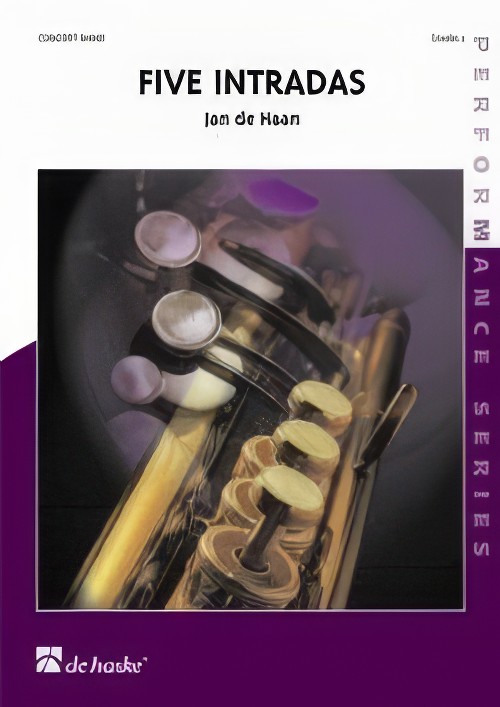 £76.99
£76.99Five Intradas (Concert Band - Score and Parts) - De Haan, Jan
Duration: 5:00
Estimated dispatch 7-14 working days
-
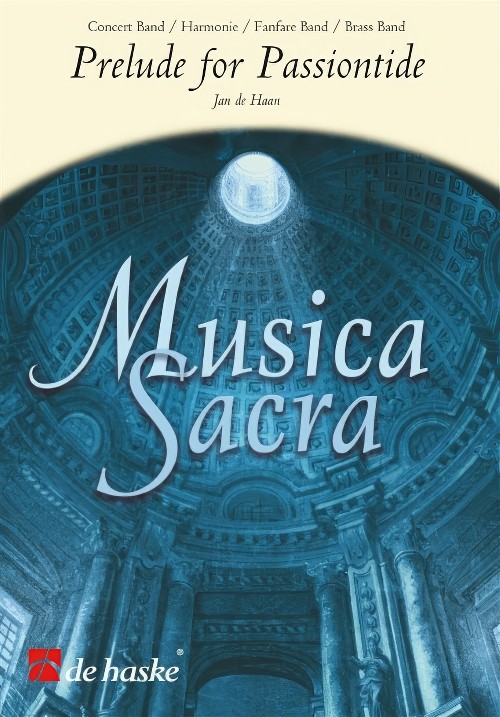 £72.99
£72.99Prelude for Passiontide (Concert Band - Score and Parts) - De Haan, Jan
Duration: 2:45
Estimated dispatch 7-14 working days
-
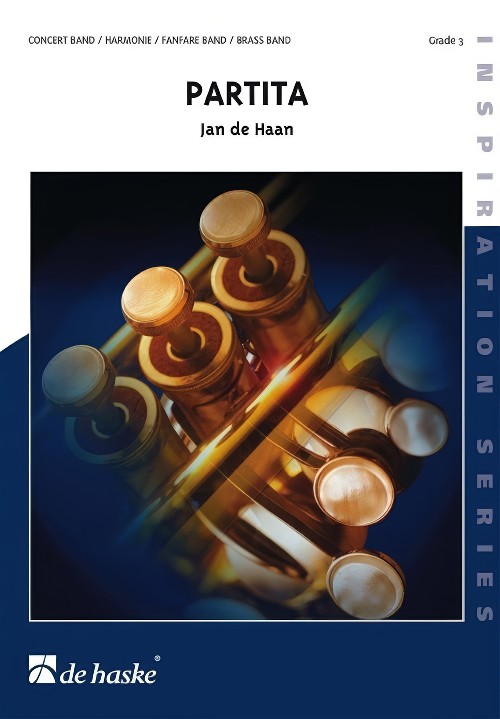 £104.99
£104.99Partita (Concert Band - Score and Parts) - De Haan, Jan
Duration: 5:15
Estimated dispatch 7-14 working days
-
 £72.99
£72.99Chorale Varie (Concert Band - Score and Parts) - De Haan, Jan
Duration: 3:00
Estimated dispatch 7-14 working days
-
 £76.99
£76.99Suite 1500 (Flexible Ensemble - Score and Parts) - Schmid, Bernhard - De Haan, Jan
Duration: 6:00
Estimated dispatch 7-14 working days
-
 £89.99
£89.99Air Wind Band Set (Score & Parts)
One of the best-known and most popular classical themes comes from Johann Sebastian Bach's Third Suite for Orchestra. The Air on a G-string has already been adapted for many instrumental combinations, but arrangements for concert-band are a comparatively rare commodity. This void is filled with this highly competent wind-band setting by Jan Bosveld. Needless to say that the work is suitable for many occasions. 05:30
Estimated dispatch 7-14 working days
-
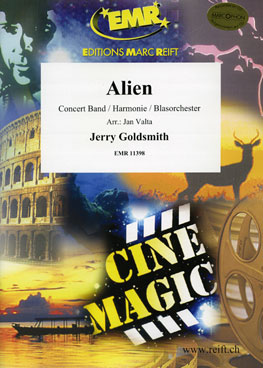 £108.10
£108.10ALIEN (Advanced Concert Band) - Goldsmith, Jerry - Valta, Jan
Duration: 5:30
Estimated dispatch 7-14 working days
-
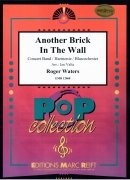 £100.00
£100.00ANOTHER BRICK IN THE WALL (Advanced Concert Band) - Waters, Roger - Valta, Jan
Movie: Another Brick in the Wall Duration: 4:14 American Grade 4
Estimated dispatch 7-14 working days
-
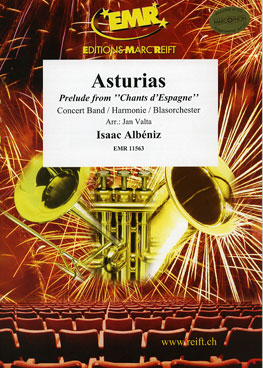 £108.10
£108.10ASTURIAS (Advanced Concert Band) - Albeniz, Isaac - Valta, Jan
Prelude from Chants d'Espagne. Duration: 6:10
Estimated dispatch 7-14 working days
-
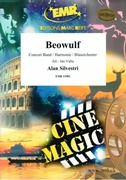 £152.00
£152.00BEOWULF (Advanced Concert Band) - Silvestri, Alan - Valta, Jan
Movie: Beowulf (Main Theme/I am Beowulf/Grendel Trapped/Abyss of Seduction/Kill the Drgon/Hail the King) Duration: 10:01 American Grade 4
Estimated dispatch 7-14 working days
